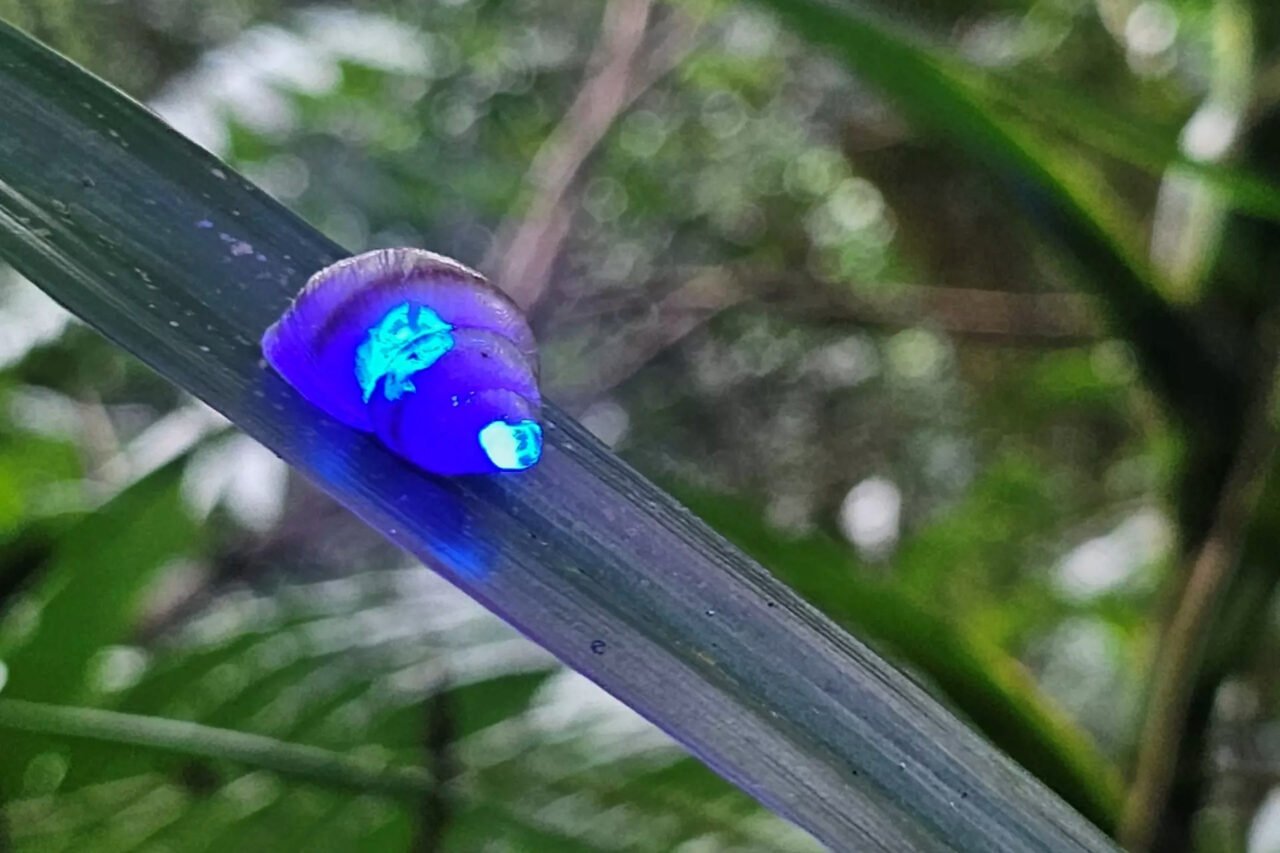**The Comeback of Partula Snails: A Conservation Success Story**
Partula snails are a family of fingernail-sized mollusks native to French Polynesia. For a long time, these tiny creatures held significant scientific and cultural value for both researchers and the native human population. Their near extinction in the late 20th century sparked a worldwide, systematic effort to bring them back from the brink.
### A Promising Year for Partula Snails
So far, 2025 has been a remarkable year for Partula snails. In spring, a subspecies was reclassified from Extinct-in-the-Wild to Critically Endangered on the IUCN Red List of Threatened Species. More recently, a global collaboration announced the reintroduction of over 7,000 Partula snails back into their island habitats this year alone.
According to a press release from the Zoological Society of London (ZSL) on November 13, this marks the largest release since the breeding program began in 1991. The snails’ comeback underscores the value of carefully planned and long-term conservation projects.
To stay vigilant, researchers have also placed small dabs of white UV reflective paint—essentially glow-in-the-dark paint—on the snails’ shells. This allows experts to track these nocturnal snails more effectively in the dark, explained ZSL.
### Why Partula Snails Nearly Went Extinct
The near extinction of Partula snails in the late 20th century stemmed from a tragic human error. A carnivorous snail species was introduced to Polynesian islands to control another invasive species, inadvertently making native Partula snails the unintended victims.
This was disastrous not only from an ecological perspective but also from a cultural one. The unique shells of each snail species formed an integral part of the island nation’s identity. As ZSL highlighted, the damage was “beyond harming fragile ecosystems—it was a loss of Polynesian heritage, too.”
At the bleakest point, scientists managed to rescue only nine individuals of one subspecies in 1991.
### A Glorious Comeback
Fortunately, the outlook has vastly improved. Over the last 30 years, conservationists have successfully released more than 17,000 Partula snails back into the wild. Remarkably, some of these snails traveled over 9,000 miles (15,000 kilometers) to return home.
Early assessments indicate the snails have adapted well. During the recent release, the team even spotted a baby Partula snail without UV paint, signaling that the snails are already breeding in their native environment.
Moreover, the researchers took this chance to monitor the reclassified subspecies. To their delight, these snails appeared to be thriving both within and beyond their original release sites.
### Ecological and Cultural Importance
“These mollusks play an important role in the health of their forest ecosystems, eating decaying plants and fungi, reducing the spread of disease, and cycling important nutrients through the food chain,” explained Justin Gerlach, a researcher at Cambridge University in the UK.
“By restoring wild populations, we can improve the state of the forests.”
Paul Pearce-Kelly, a ZSL researcher leading the international Partula conservation program, added, “Wildlife globally faces unprecedented challenges, and every single species is a precious part of the interconnected web of ecosystems that we all rely on. So today’s news is not only a moment of hope for these snails but for nature and people globally.”
—
The success of the Partula snails’ reintroduction is a powerful reminder of the impact dedicated conservation efforts can have—and a hopeful sign for biodiversity worldwide.
https://gizmodo.com/these-glowing-snails-are-a-huge-win-for-conservation-and-theyre-freaking-cool-2000686040
